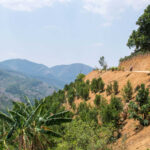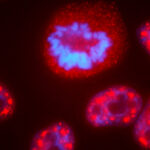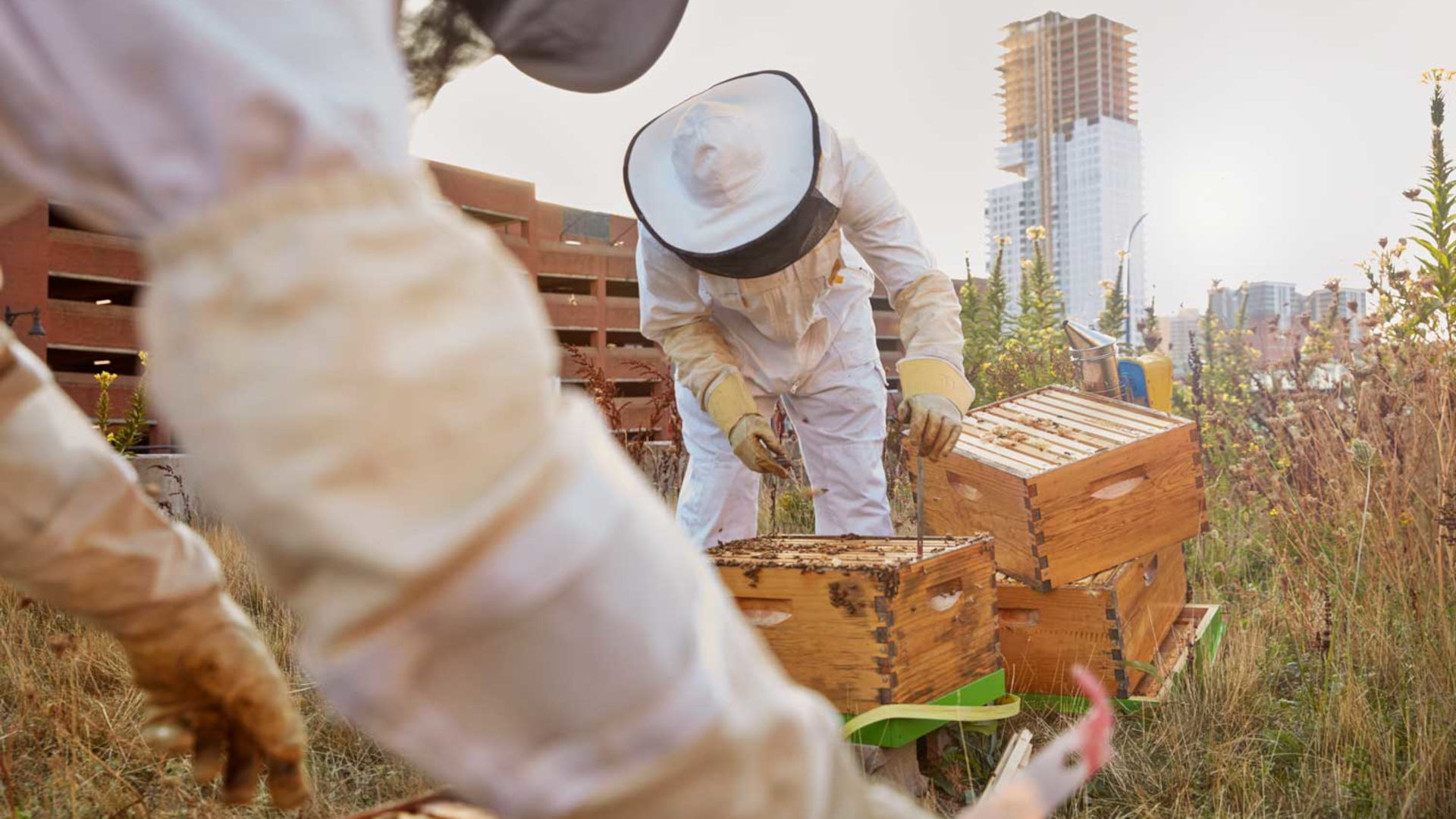On the Horizon: A Booming eDNA Marketplace
In 2010, Noah Wilson-Rich was juggling several jobs while earning his Ph.D. in biology at Tufts University: He taught classes at several nearby universities, and one day a week, tended bar at a cafe in the lobby of the Hult International Business School.
On one of his shifts, he overheard customers discussing a competition for entrepreneurs. The next day, he entered, pitching a company that would gather insect health data at beehives. “They were like, ‘The bartender won?’ said Wilson-Rich. “Okay, you all need to respect your service workers.”
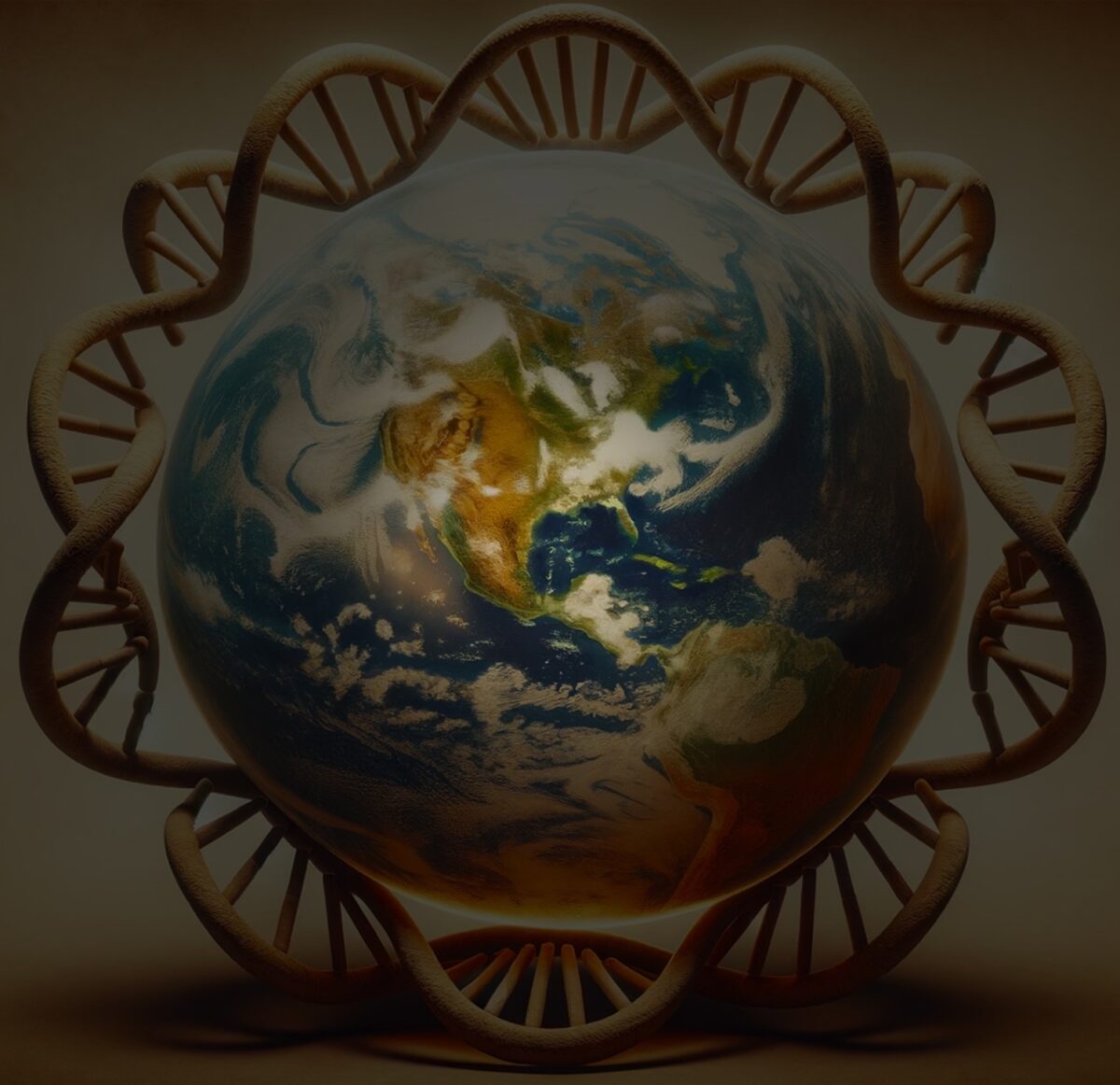
Two thousand dollars in prize money helped Wilson-Rich launch The Best Bees Company. Now, more than a decade later, Best Bees offers corporate and residential beekeeping services near two dozen U.S. cities. The company also charges up to $450 for a “HoneyDNA” kit, which uses environmental DNA, or eDNA — genetic information deposited by a wide range of organisms in the surrounding environment — to test a hive’s health, or simply provide information about the “terroir” of the honey, said Wilson-Rich. The kit, which the company started selling in 2015, includes a sample bottle and a prepaid envelope; upon receipt, Best Bees sends honey samples out to a lab for sequencing to reveal what plant DNA is found in a hive’s product. The results can indicate whether the bees have been feeding on lavender, or how far they’re traveling from the hive; the company also provides corporate sustainability impact reporting.
Best Bees is one of the many companies carving out a niche in a commercial landscape increasingly focused on advertising environmental responsibility, pushed by both customer demand and regulatory requirements. Testing environmental DNA, which allows data to be gathered from the tiny pieces of skin, scales, and slime that species shed as they move through the world, has been framed as a cheap and efficient way to understand a corporation’s impact.
As supporters lobby for regulatory acceptance, a group of large consulting companies and eDNA specialists see the tool as a promising way to monitor corporate sustainability, like measuring the success of conservation efforts or the possible effects of a new bridge or parking lot. Experts say eDNA has limitations and drawbacks. So far, it appears that the tool is best used as one tool among a suite of monitoring methods, so it’s unlikely the technology will completely disrupt the environmental consulting industry, which according to The Insight Partners, a market research firm, was valued at more than $34 billion globally in 2020. But eDNA has undoubtedly created new opportunities to gather and monetize data.
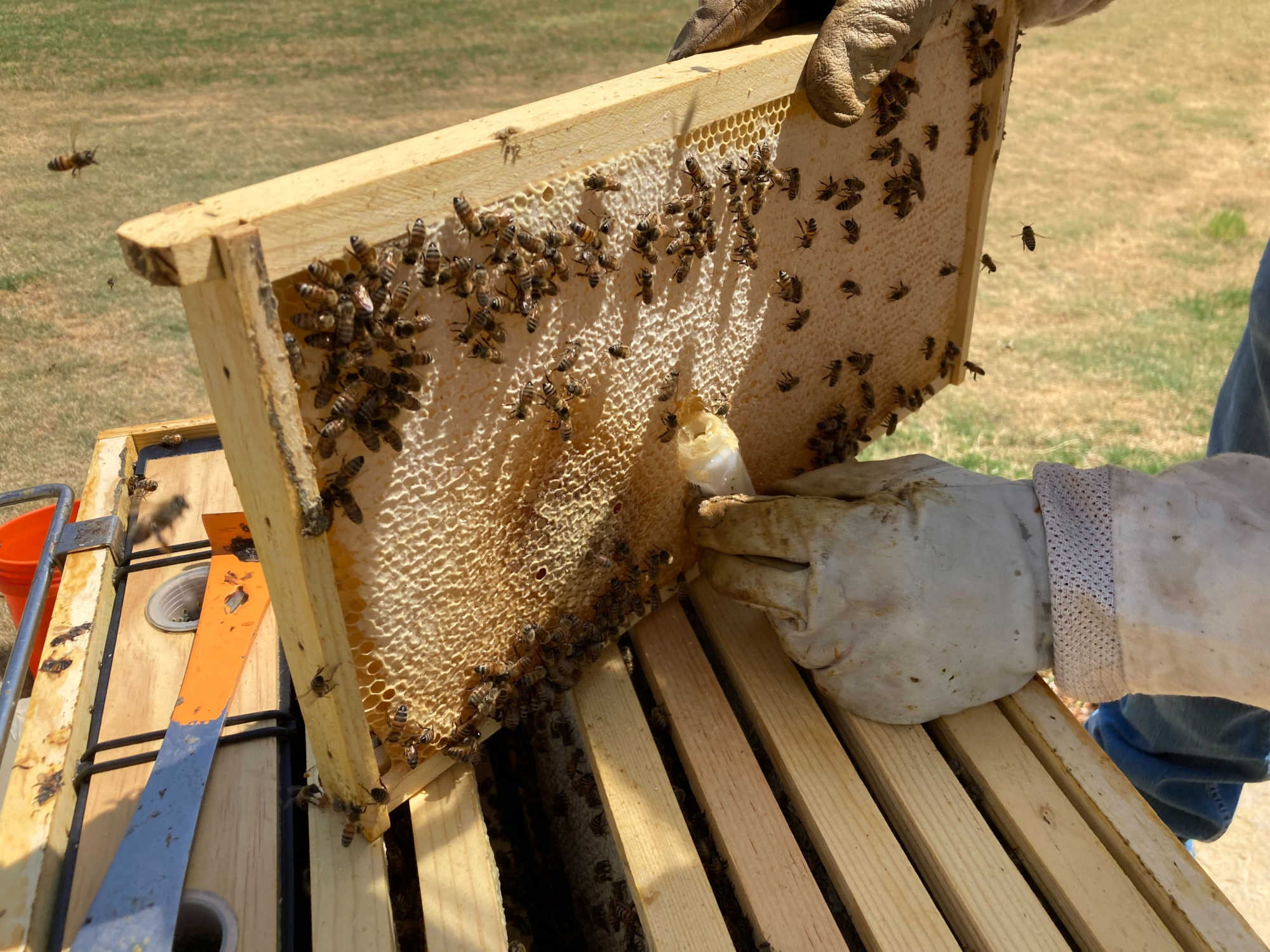
Meanwhile, both company representatives and researchers say it’s still early days in understanding all its possible capabilities and applications; some, like Wilson-Rich, are devising completely novel ways to sell eDNA services.
“It’s not just science for science’s sake,” said Ryan Kelly, an ecologist and legal scholar at the University of Washington, who works with government agencies on ecosystem management. “We’re making tools that it seems pretty clear can answer questions that haven’t been asked before, or can help people do their jobs better, cheaper, and faster.”
Often, before any huge infrastructure project can be constructed, governments and regulators require companies to prove they aren’t disturbing the natural landscape where the project would be built. The companies running those assessments, some of them large international corporations, have become an industry unto themselves: By 2028, the environmental consulting market is forecast to reach $50 billion in value, according to The Insight Partners.
eDNA has the potential to make the work of those companies much easier, and much cheaper.
Traditional environmental monitoring “can be quite a laborious process,” according to Nicole Fahner, executive director at CEGA, an eDNA research and development center, and eDNAtec, a Canadian eDNA company. Such monitoring can require teams of highly trained biologists and ecologists, at times dispersed across sweeping landscapes like deserts and dense forests to set up traps, cameras, and remote sensing equipment. In lakes, streams, or reservoirs, scientists sometimes stick an electrified rod into the water to stun fish, to identify and count them. Surveys may happen multiple times over a series of months. And based on when a species is likely to appear, surveys may be conducted under the cover of night.
Environmental monitoring consulting is “worth a lot of money as an industry.”
Surveys are even more challenging in parts of the deep ocean where some offshore wind and oil prospectors are eyeing projects, Fahner said, because the depths are difficult to reach and some are home to species that have never been identified and cataloged.
To meet regulatory requirements, environmental monitoring consulting is “worth a lot of money as an industry,” said Kelly. “If they could do it in a way that was more efficient and more powerful, they would.”
Purveyors of environmental DNA prize its efficiency. eDNA sampling requires fewer people collecting air, dirt, or water in cheap bottles or vials. Much of the work happens back at the lab, where companies extract DNA from samples, sequence it, and then enter the results in a database to identify species matches. eDNA tests can locate a specific species, like an endangered animal or an invasive plant, or provide a picture of an entire ecosystem. And researchers are deploying methods that allow for live sequencing in the field.
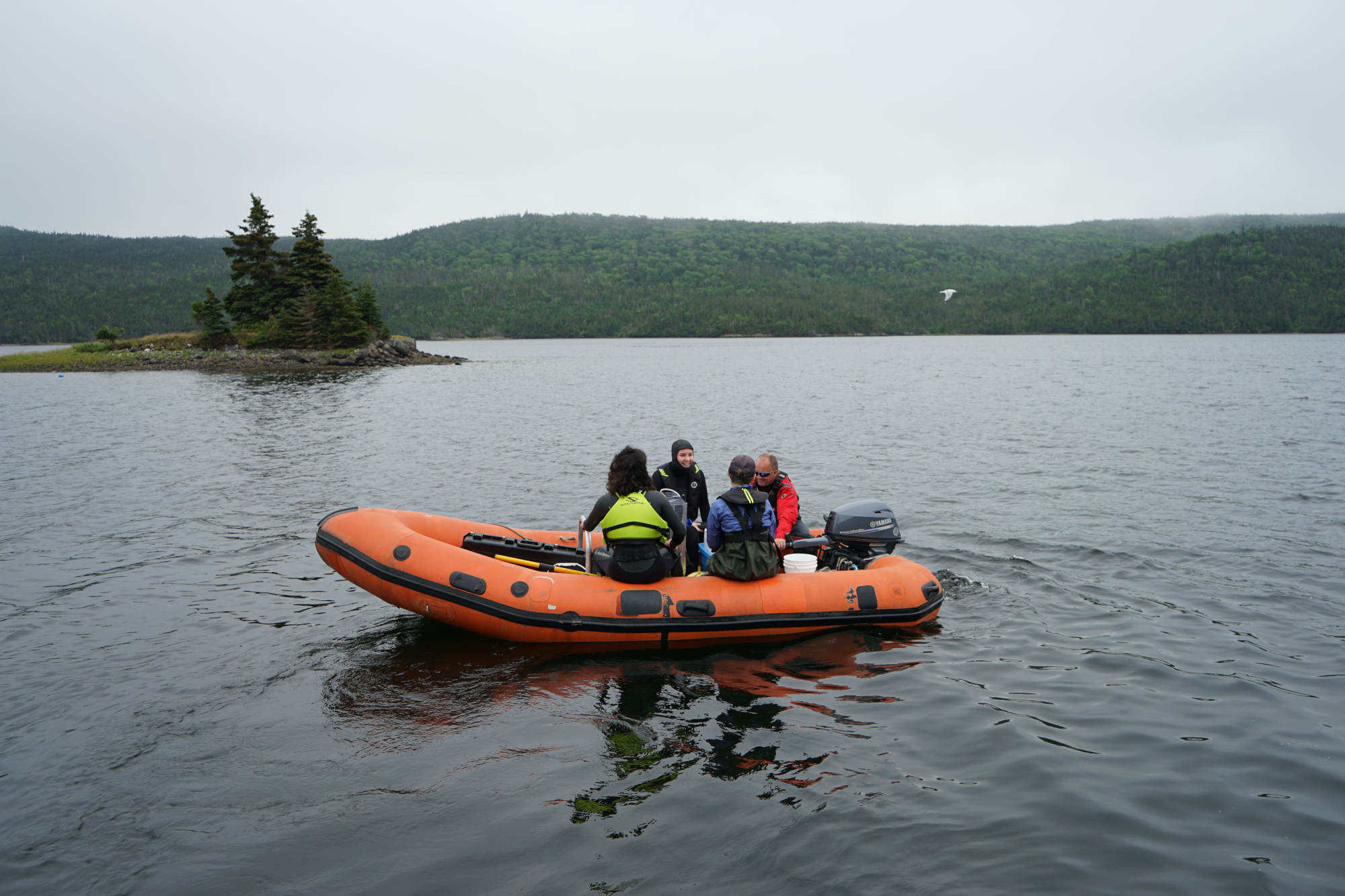
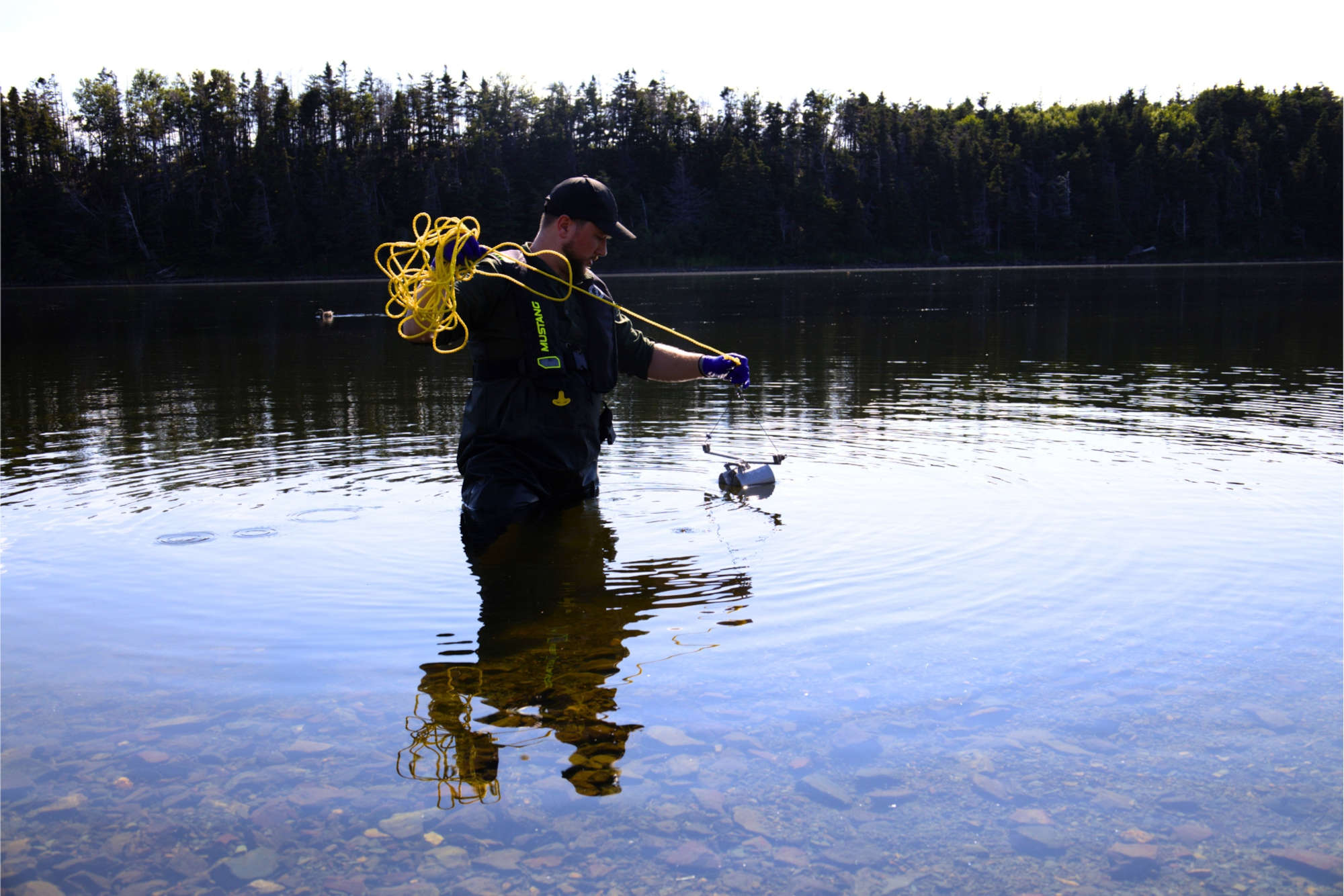
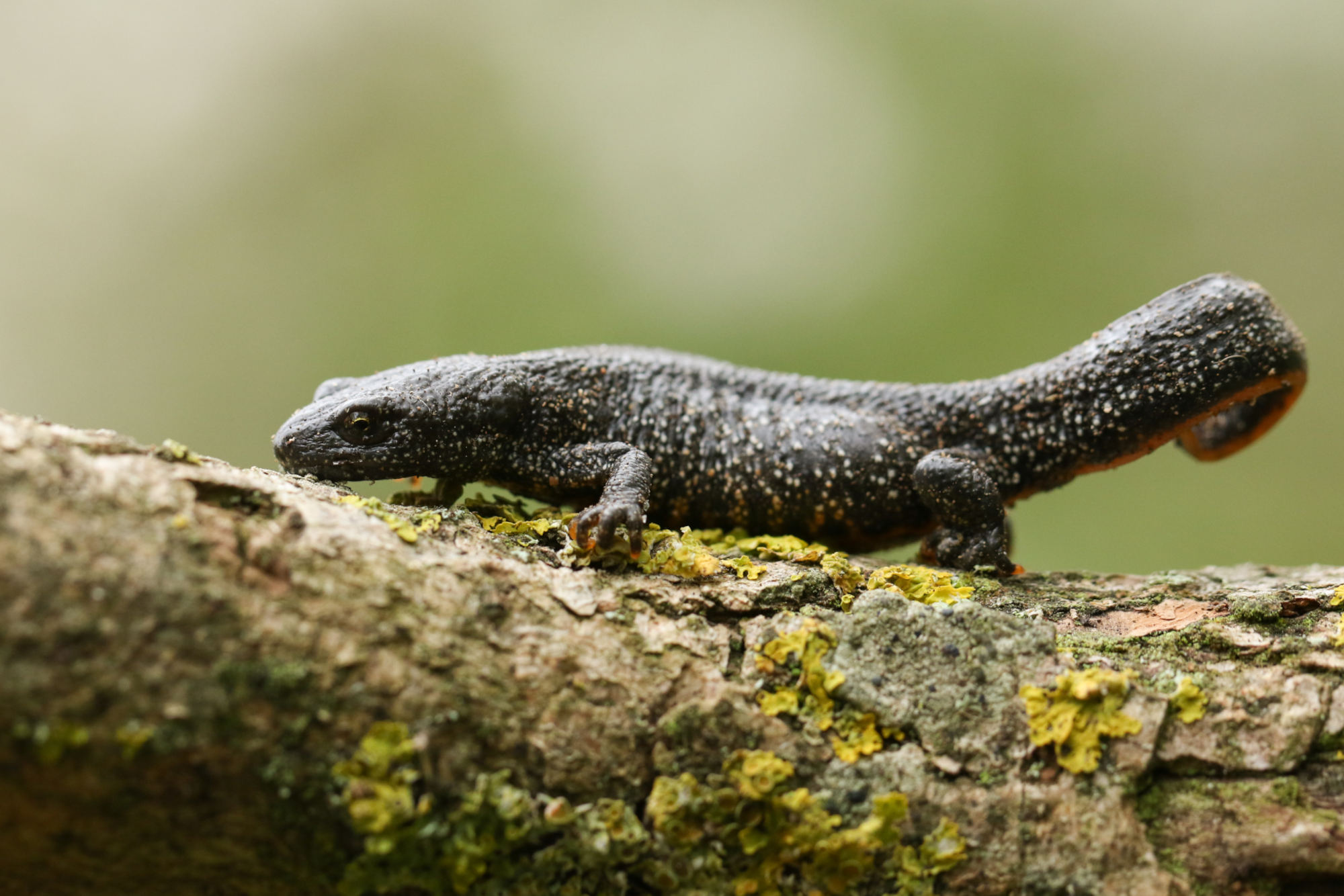
Today, according to industry experts, the most well-established use of eDNA for species monitoring is tracking of the great crested newt, an amphibian native to Europe and legally protected in the United Kingdom. Traditional surveys to track the newt required four night missions — one in each season — to trap specimens under plastic bottles, with a return in the morning to count them. For the last several years, biodiversity monitoring companies have used environmental DNA instead. Surveyors can scoop up water at any time of day and the DNA isolated can signal if newts are present, saving both time and labor.
“It all comes down to that value proposition: What is the advantage of using eDNA over other methods?” said Andrew Weeks, technical director at EnviroDNA, an Australian eDNA company that Weeks believes was the first to operate in the country.
In 2008, Gregg Schumer was working at a highly secure Canadian microbiology lab. His days were spent harvesting animal tissue and testing it for viral DNA from pathogens like Ebola. At the time, a childhood friend was the principal scientist at a consulting company that was tracking the Delta smelt, an endangered fish usually less than 3 inches long, in California waterways.
“We began talking,” said Schumer, “and realized that my searching for viruses in organ systems was not unlike trying to find a really small fish in a very big system, and that we could use the exact same technique.” Soon, the two started sampling water from the same California rivers they grew up fishing, analyzing the samples for smelt DNA. In 2009, that work gave rise to one of the earliest environmental DNA companies: Genidaqs.
Genidaqs got its first grant soon after eDNA entered academic parlance. In 2008, researchers in France proposed a “novel approach” to detect species from aquatic samples, amplifying short sequences of DNA and matching it to a species of frog. That paper is recognized as the first to recommend eDNA to monitor species, but the general concept has been around for much longer, Schumer said.
“It all comes down to that value proposition: What is the advantage of using eDNA over other methods?”
“The term eDNA, for use in ecological or pathogen-detection applications, in that context, is relatively new,” he said. “But people have been pulling DNA out of the environment ever since they knew that DNA existed.”
The commercial eDNA landscape rose up soon after the French paper was published, with companies like Genidaqs, pronounced genetics, and SPYGEN, a French company that in 2011 rolled out of the lab that produced that original paper.
Many eDNA companies have sprouted from academic labs or research settings, after biologists and geneticists familiar with DNA sequencing saw an opening to use the tool to pull more information from uncontrolled settings like rivers. Most companies are relatively young; only in the last few years, Schumer said, has there been enough interest for a company to exist on eDNA-related business alone.
Large international consulting companies, including Jacobs and Stantec, now also offer environmental DNA services to clients, but sequencing is still largely carried out at a handful of corporate and academic labs. “There’s not very many commercial labs that do environmental DNA work out there, and there’s even fewer that are dedicated towards it,” said Fahner at eDNAtec, founded by a professor at Canada’s University of Guelph in 2015.
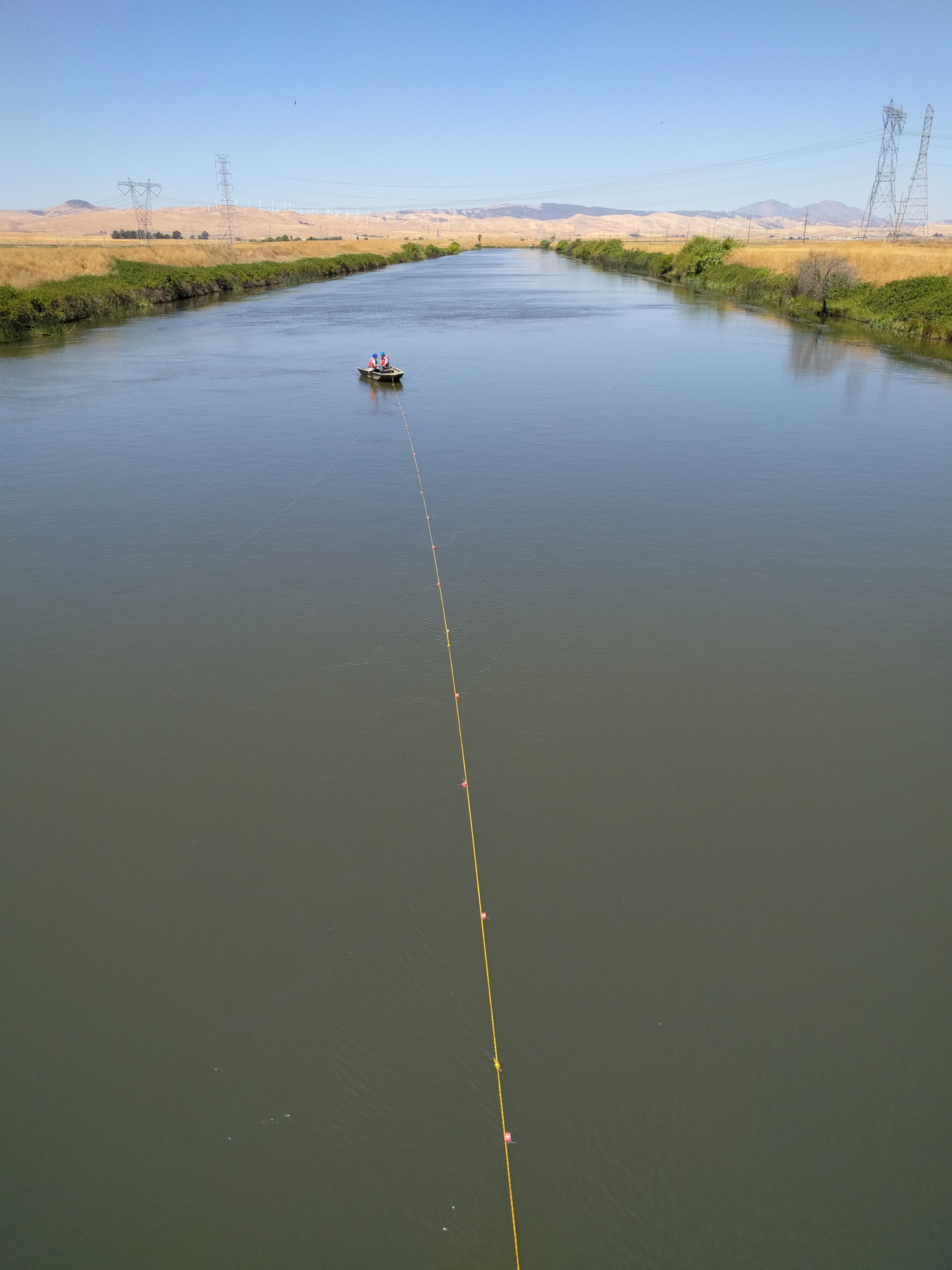
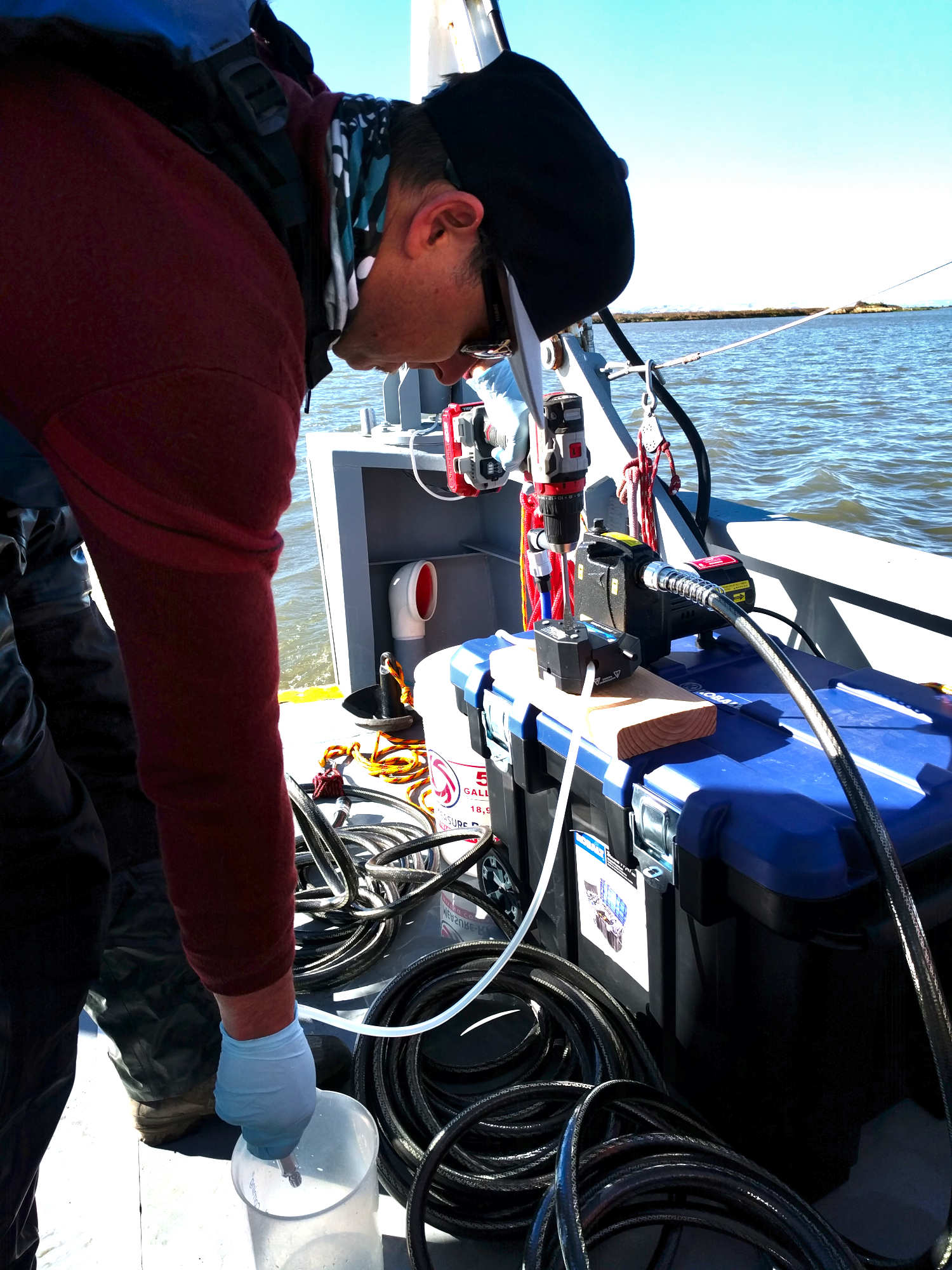

Though eDNA services are becoming more in demand, regulations are most advanced in Europe, where England’s acceptance of eDNA tools to monitor great crested newts in 2014 “really changed things,” said Liz Allchin, global principal for biology and ecology at Jacobs. To date, Weeks and Kelly said, England appears to be the only country with a national, regulatory eDNA standard; in this case it provisions how eDNA can be used to monitor a specific species.
Elsewhere, the legal landscape for eDNA methods remains a bit of a “wild west,” said Schumer.
There is international interest, though. In Canada, eDNAtec has collaborated with the government on a few projects; the country’s Science Advisory Secretariat has also created a guidance document on using eDNA in decision-making. Finland has a national eDNA strategy and Australia developed a national eDNA reference center. Japan maintains a biodiversity monitoring network that uses eDNA and the Danish Environmental Protection Agency uses the tool to monitor for aquatic invasive species.
Beginning in 2016, the U.S. government eDNA working group has convened researchers and officials at least six times to discuss the state of eDNA research and how to integrate the tool into governmental work in areas such as invasive species or pollinator monitoring. Some U.S. agencies, including the U.S. Geological Survey and the National Oceanic and Atmospheric Administration, have used eDNA testing. But no national strategy exists in the U.S., though some academics, including Kelly, have advocated for one.
Wide-ranging governmental acceptance of eDNA would mean a windfall for companies selling these tools. Without it, some companies and researchers are hesitant to estimate the market’s future size.
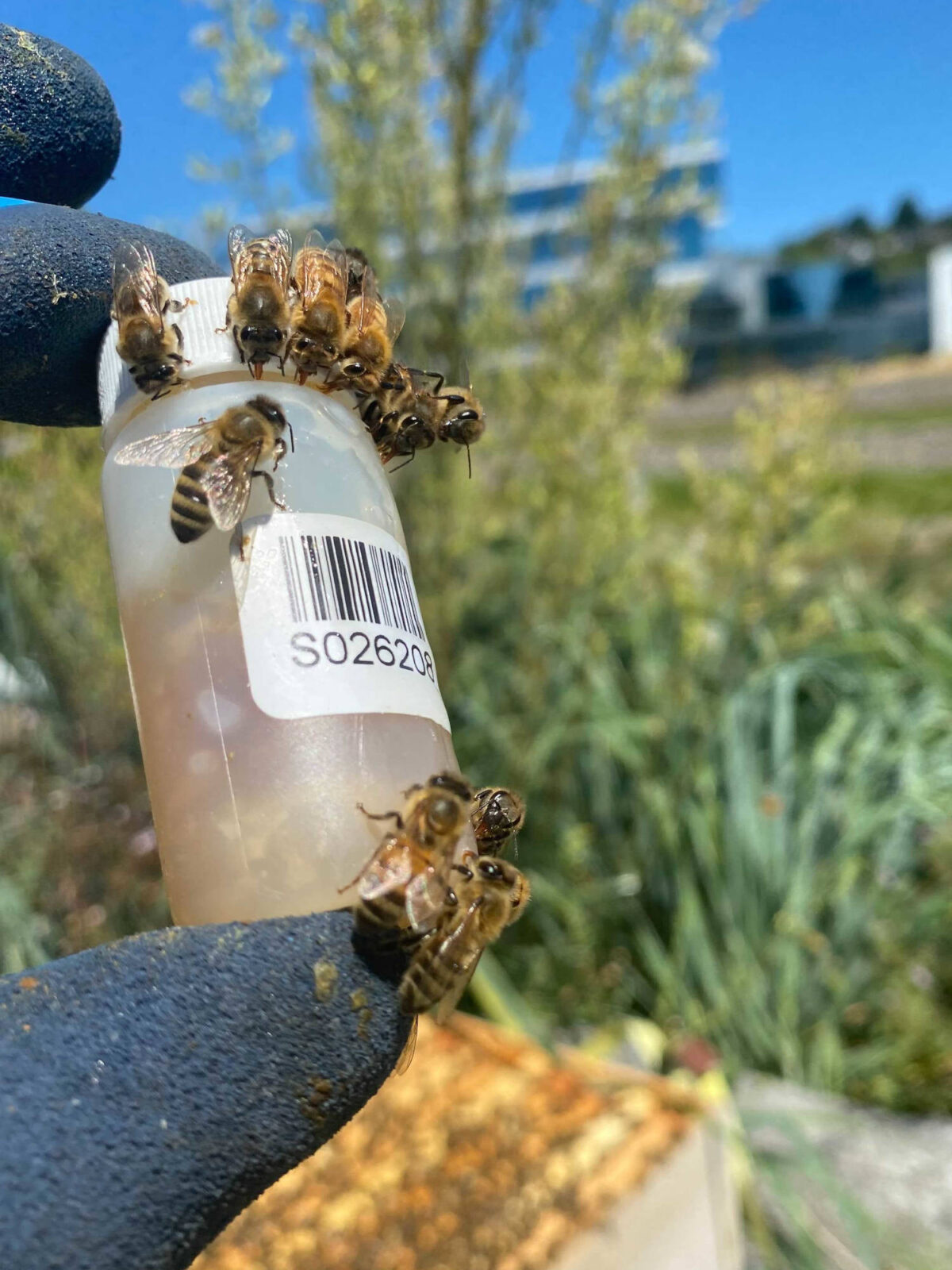
Bees gather on a honey sample taken for analysis by Best Bees eDNA kit. The company has been branching out from traditional environmental monitoring applications to things like verification of the plant origin of honey.
Meanwhile, companies like Best Bees are experimenting with applications outside of traditional environmental monitoring. Wilson-Rich has consulted on how certain honey producers can verify the origin of their product through the plant DNA it contains and sell it at a premium, similar to Manuka honey, a mainstay at health food stores. Sustainable fishery advocates have proposed monitoring for illegal fishing using eDNA. Biologists and engineers have deployed autonomous submersibles to trawl the ocean floor for eDNA that may lead to new drugs. And on farms, scientists have experimented with using eDNA to test soil health and identify pests.
eDNA data could eventually generate value on its own. Last year, BeZero Carbon, an agency that rates the quality of carbon credits, began testing the use of eDNA as a proxy to gauge ecosystem health by looking for changes in the makeup of microbial communities in response to environmental stressors. Its use “as a tool for capturing ecosystem characteristics,” the agency notes on its website, “could be an important step in the development of nature-based credits.” Biodiversity credits could one day be available to companies that demonstrate an improvement to the natural landscape. That credit market is nascent — and it’s already received criticism — but international interest is growing. By 2030, the biodiversity offsets and credit market could be worth over $160 billion, according to BloombergNEF.
Measuring biodiversity is more difficult than other voluntary credit systems, like carbon credits, said BeZero Carbon’s chief science officer Nick Atkinson, because biodiversity is not defined by a single measure. eDNA results can be collected over time, demonstrating how an environment changes. “We need the tools and the techniques to be able to measure biodiversity, and eDNA is one of them,” said Atkinson. “It’s very useful.”
Along with excitement, though, there is skepticism. Atkinson is quick to point out that eDNA is no “magic bullet.” As with any set of data, it is open to bias, said Kelly at the University of Washington: “It could be analyzed in a responsible way, or an irresponsible way.” Bioethicists also worry that, without regulation, eDNA could lead to serious privacy concerns if companies are not restricted on how they can use it or whether they’re able to sell the data they collect.
The tool has other limitations. Environmental DNA currently can’t be used to determine abundance of a species, for instance. And in certain circumstances, eDNA tests can lead to false positives and negatives — a winged creature may pick up plant or animal DNA in a field and drop it in an unexpected place, like a parking lot, or a fish may swim through an area and leave very little DNA behind. “Usually when you don’t detect something, you can’t say it was absent, you can say it wasn’t detected,” said Fahner. “All tests have a limit.”
Instead, eDNA may work best if used as “an early warning system” to guide further research, said Weeks. eDNA can provide a snapshot of a landscape and offer information on a wide area; then, those tests may still need to be followed up with catch surveys or field surveys.
“Eventually, there will be some, probably, level of disillusionment, because it can’t actually supply some of the things that people thought it could.”
“It’s like a hammer, you can pound a nail with it or you can smash your thumb. So, if it’s used correctly, in the right context, it does provide meaningful data that add value to what’s already being done,” said Schumer at Genidaqs. “That added value, that’s the business.”
The challenge now, according to Weeks, is to prove that value without overpromising.
“It’s like any new technology: It’ll go through that innovation adoption curve, where you’ll have early adopters, you’ll have this weight of expectation of what it can provide,” he said. “Eventually, there will be some, probably, level of disillusionment, because it can’t actually supply some of the things that people thought it could.”
“The challenge for us, as people that provide the service in the industry,” he added, “is to make sure that weight of expectation never gets beyond what it really can do.”
SHREDS OF EVIDENCE: THE COMPLETE SERIES
Part 1: DNA Deluge
Part 2: Hidden Bugs
Part 3: Evasive Traces
Part 4: Market Buzz
Part 5: Genetic Net
Part 6: Lost Souls





